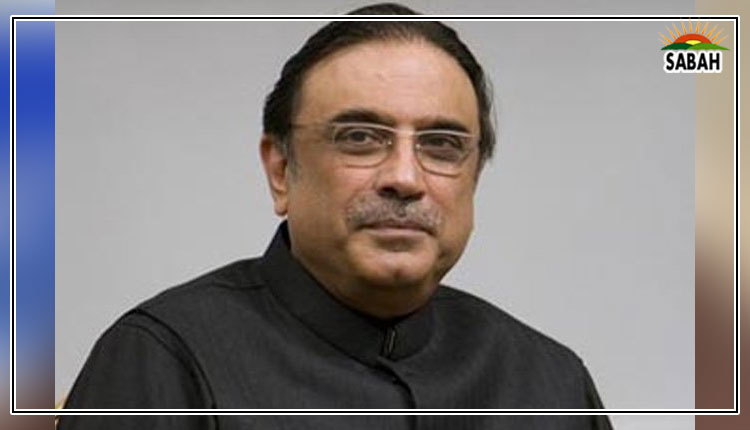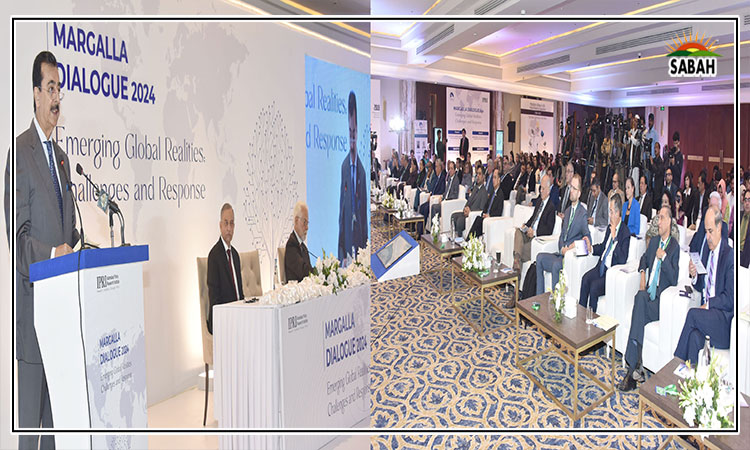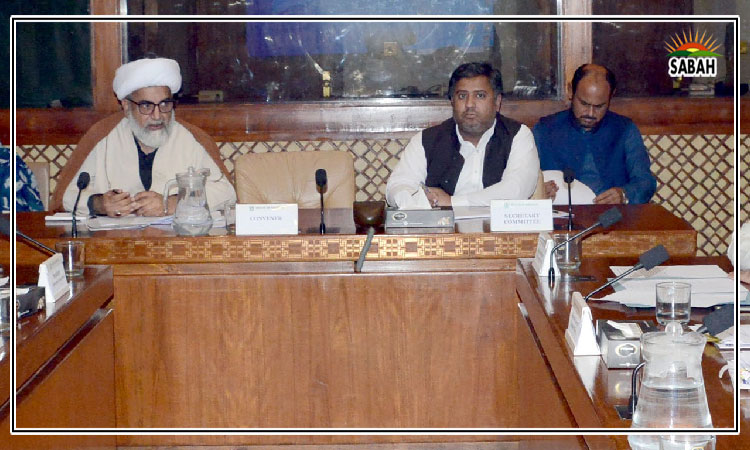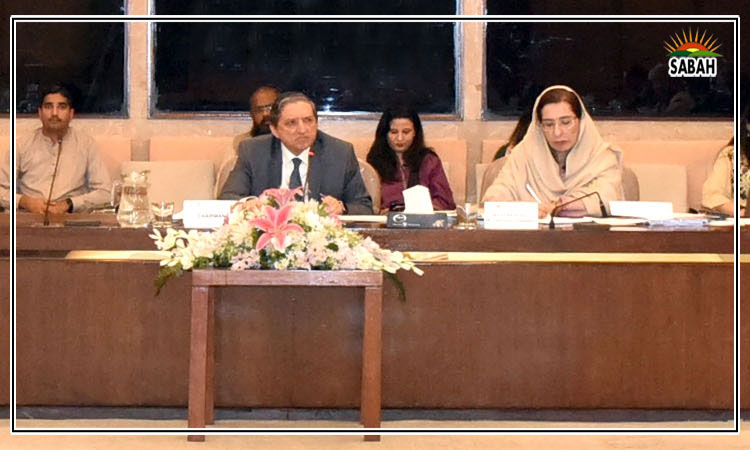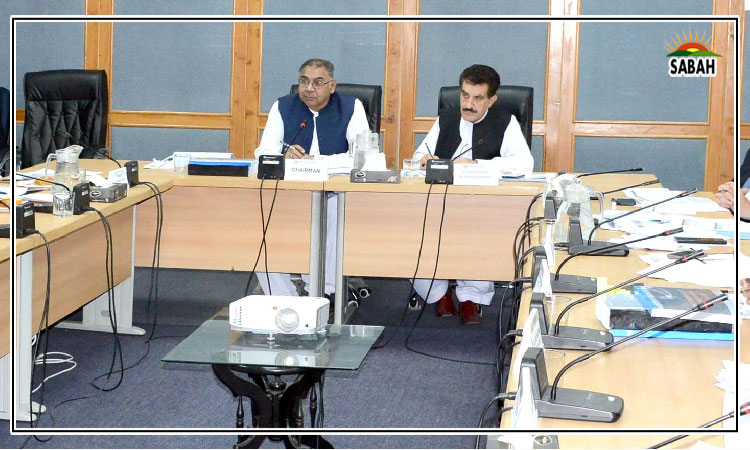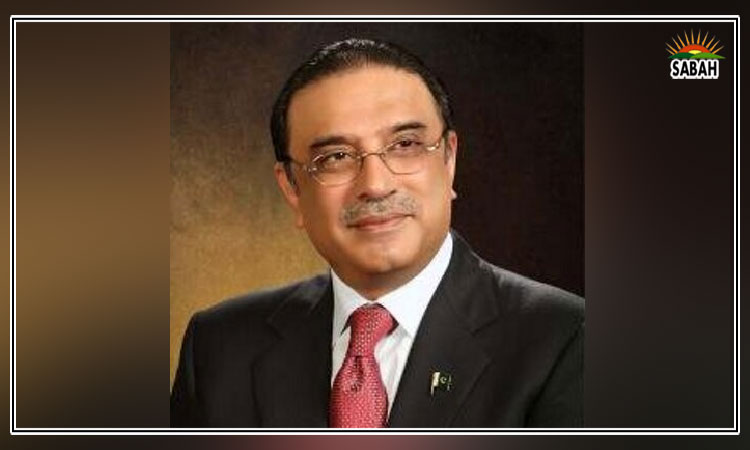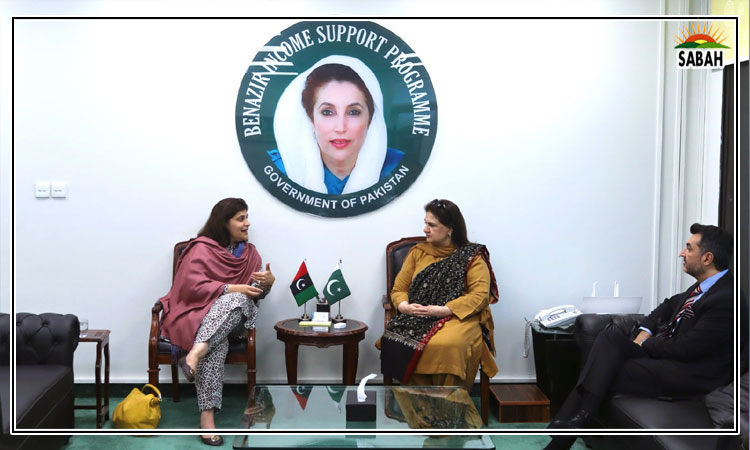Where do the young belong? By Ghazi Salahuddin
Over the years, I have had very ambivalent, mostly disconcerting, feelings about the capacity of our educated young people to play a constructive role in Pakistan’s affairs. One measure of my discontent about the entire situation is their abysmal reading habits that I have repeatedly discovered in my encounters with them in colleges and universities.
Still, I remain worried about the collective educational deprivations of this generation, only a small percentage of which has access to any form of higher learning. I have a reservoir of anecdotal evidence to exemplify the existing level of the knowledge and intelligence of the young, in a general sense.
A development professional was invited to speak to post-graduate students of a private university in Lahore. There were more than one hundred of them in the auditorium, he told me. Not one of them was able to tell him the names of three cities of Balochistan, besides Quetta.
One question that I often pose whenever I get the opportunity to speak to university students is: what does it mean to be young in Pakistan at this time? Sadly, it doesn’t seem possible to explore this subject in depth and encompass, against the backdrop of Pakistani society, all the passions and yearnings and aspirations that are associated with an adolescent’s perilous journey to adulthood. Particularly for the female gender, being young in Pakistan is a fearsome hazard.
Now, this is something that I could take up at any time. Why I am writing about the young people of Pakistan now is because I have noticed that their craving to find refuge somewhere abroad is becoming so much more evident. And this defeatist response to the crisis of Pakistan has a bearing on the role that the young are set to play in shaping the future of Pakistan.
Pakistan has always been a place to go away from but it was due to the pull factor of better opportunities and the freedoms that the young can openly enjoy in Western countries. What is more in play now is the push factor of a society falling apart and the threat of an economic collapse. I have met parents who are willing to sell their assets in Pakistan to enable their otherwise well-settled children to leave this country. “I tell them to not come back”, said one parent, a senior banker.
There are some figures about how the graph was rising in recent months, though many departures may not have been officially recorded. In 2021, around 225,000 workers had gone abroad. In the just ended 2022, this number rose to 765,000. It is hard to imagine what this number would be if everyone wanting to go is able to make it, holding a passport that is among the weakest in the world.
This trend of those who are apparently doing well in Pakistan wanting so desperately to emigrate is frightening. Will not the prospects of Pakistan working its way out of the present difficulties further diminish with this brain drain? As I have suggested, just a limited number of young people are able to get a good education. Ideally, it is this cluster that would be expected to join the struggle for Pakistan’s survival. But they obviously have no concern about the well-being of their homeland.
They used to talk about Pakistan’s youth bulge and wishfully call it a great asset. Then doubts began to arise about its quality and competence. Questions were raised about whether it was a demographic dividend or a disaster – an asset or a liability. There should be little doubt now that the young in Pakistan are becoming a seed of disorder, mainly because they are being nurtured by forces of obscurantism and intolerance.
Come to think of it, which young person would have been a better role model and source of pride for the entire country than Pakistan’s own Malala Yousafzai? Hers is truly a fairytale of our times. But the unfortunate truth is that Malala is not admired at the popular level in Pakistan. This says a lot about the scope there is for a progressive social change that can only be brought about by a revolution led by the young.
We do have a small number of young people in this sprawling, boundless wilderness who are striving for a better Pakistan. But they can easily be overwhelmed by the rising tide of economic and political disarray. One shudders to envisage the preponderance of ill-educated and physically under-nourished young people wandering aimlessly in this landscape. Just try to contend with the fact that more than 60 per cent of Pakistan’s population comprises the youth – people between the ages of 15 and 33.
As it is, the growth of population in Pakistan is seen, by those who can see, as a ticking bomb. But so much more is ticking in our hearts and in our minds. In addition to economic mismanagement and the consequences of an unprecedented flood, Imran Khan’s ceaseless political campaign for about nine months has raised the temperature so high that the country is finding it hard to breathe.
So, in this breathless environment of anxiety and alarm, where is the spirit of youth in play? Were we not told that the youth are to be identified with hope and with courage? But the young in Pakistan, one may say, are not able to be young – not the ones who are voting with their feet or the others who are prisoners of unsavoury circumstances.


